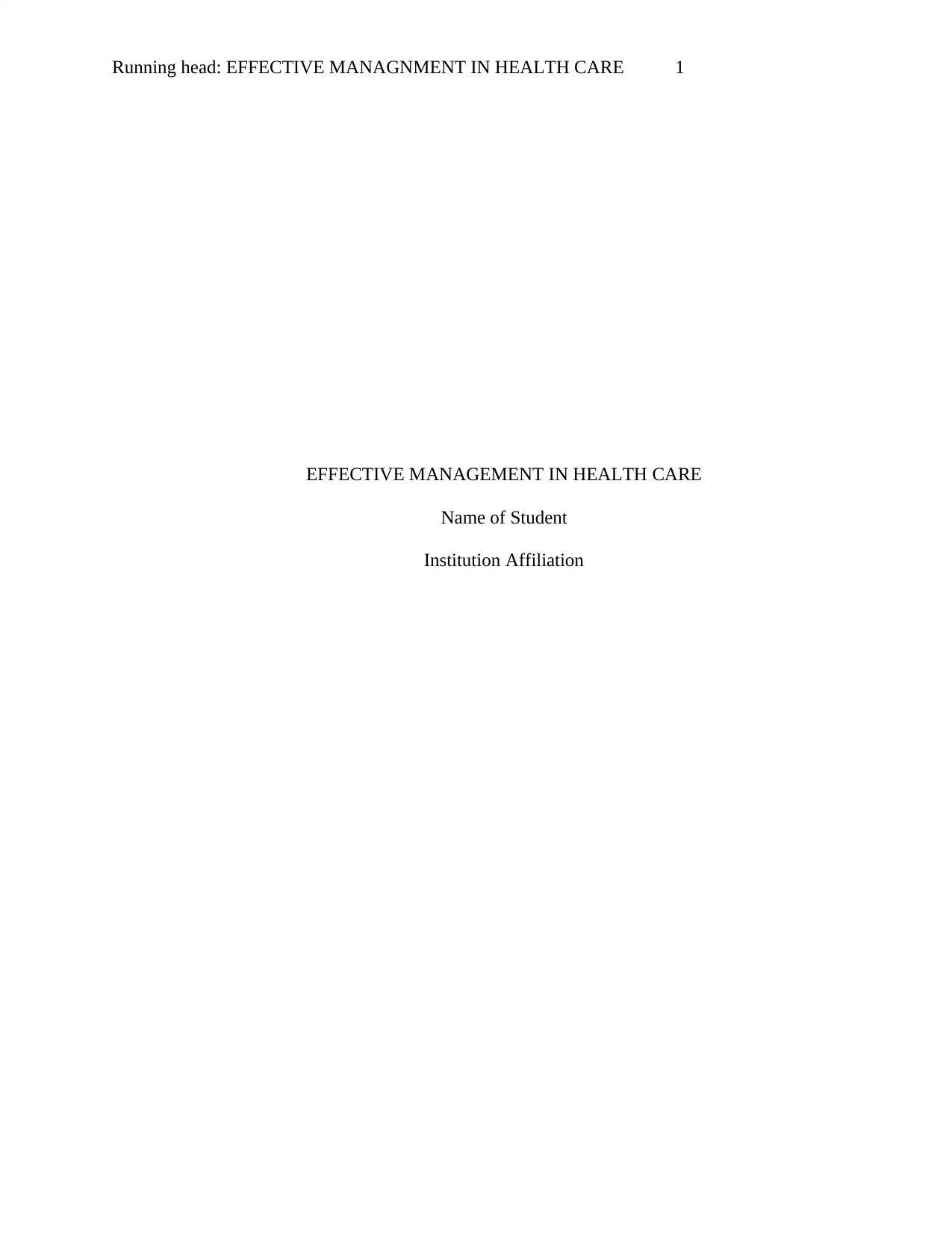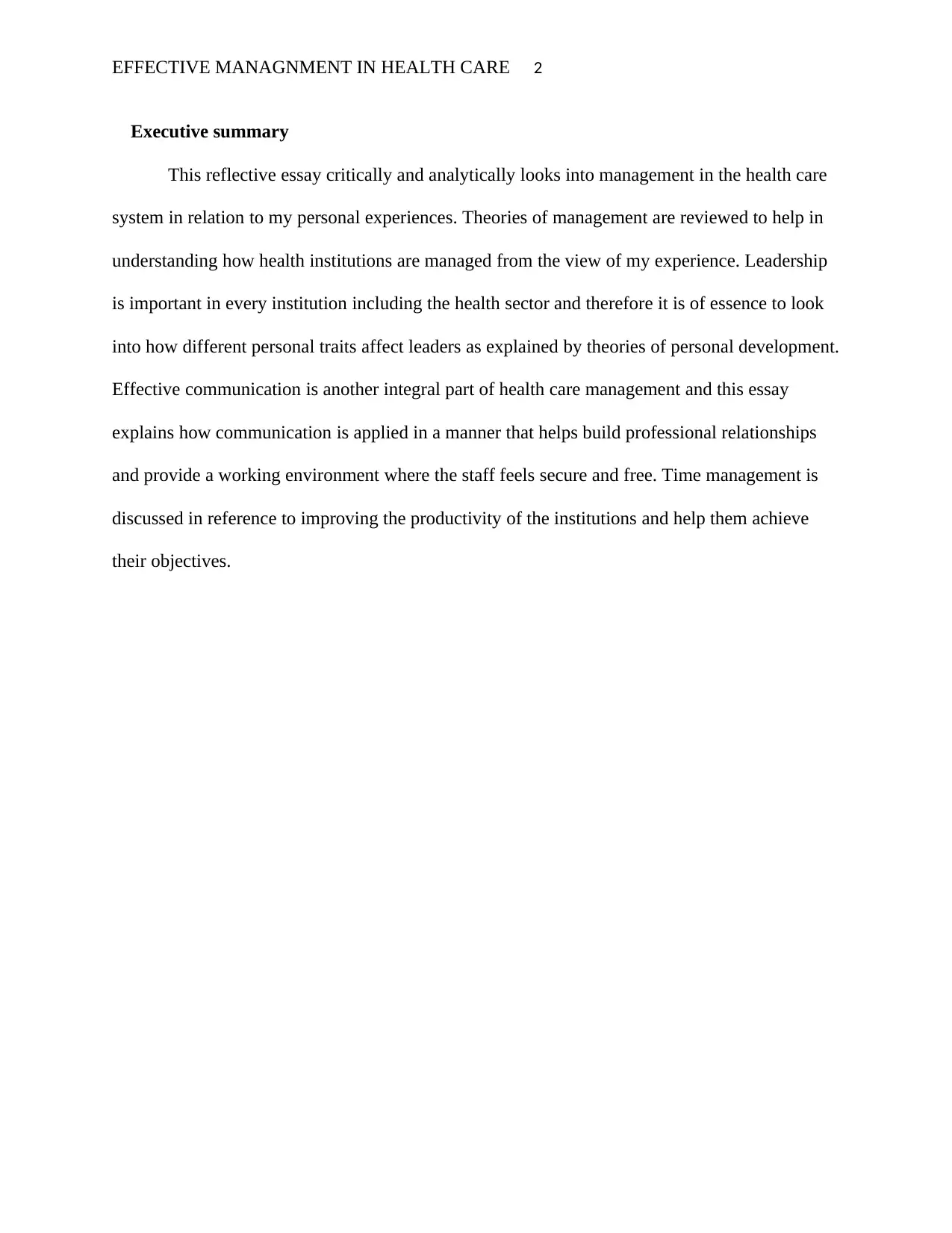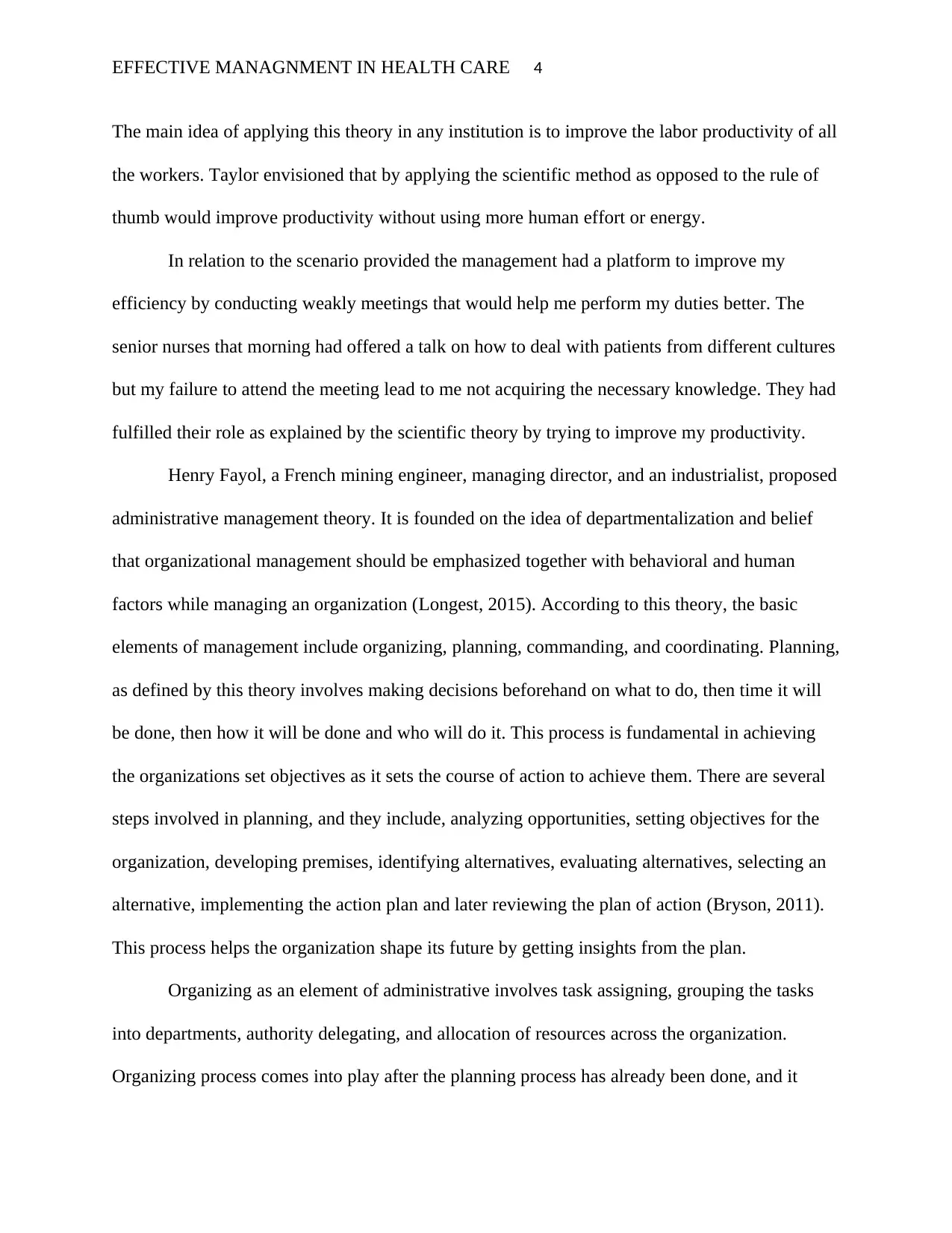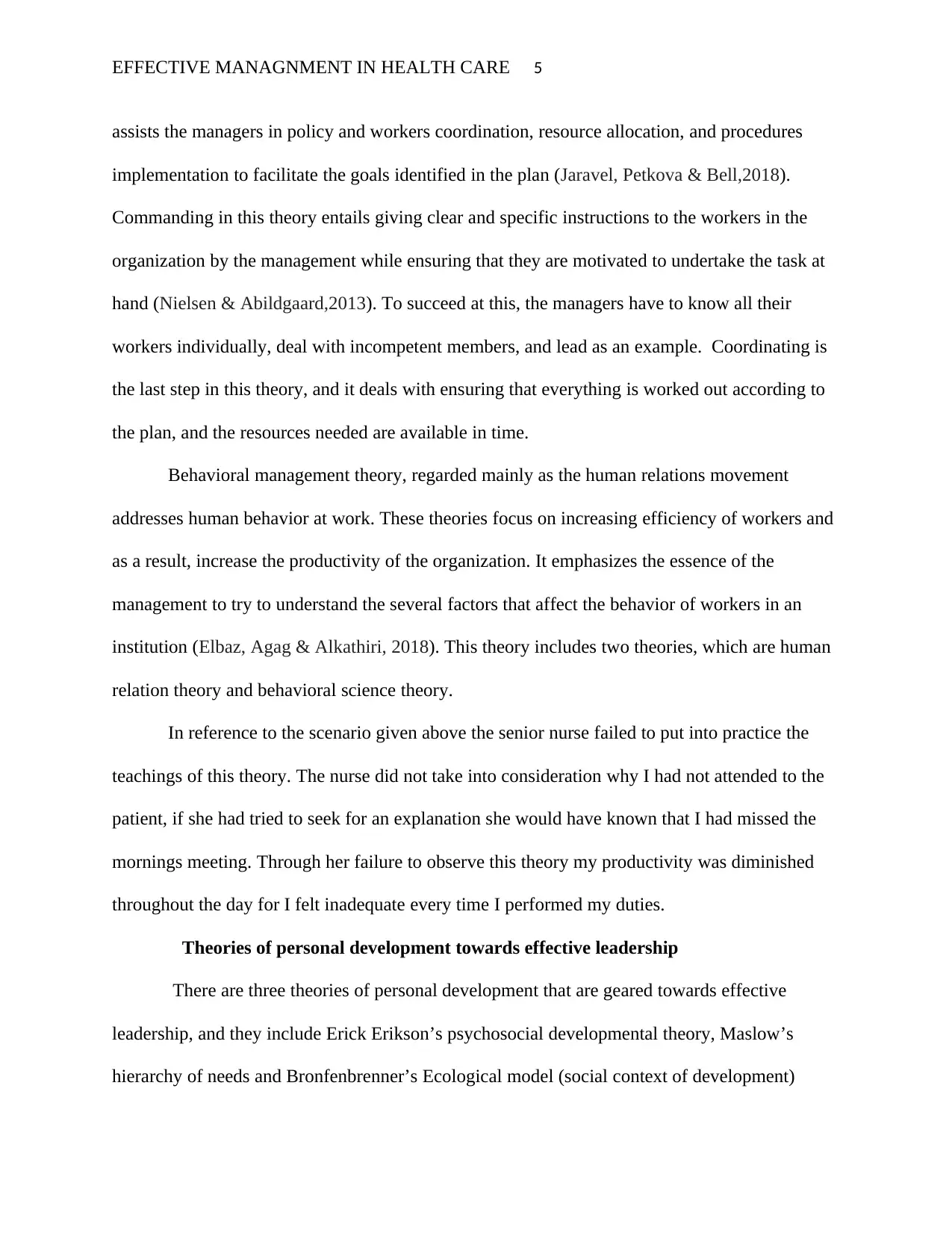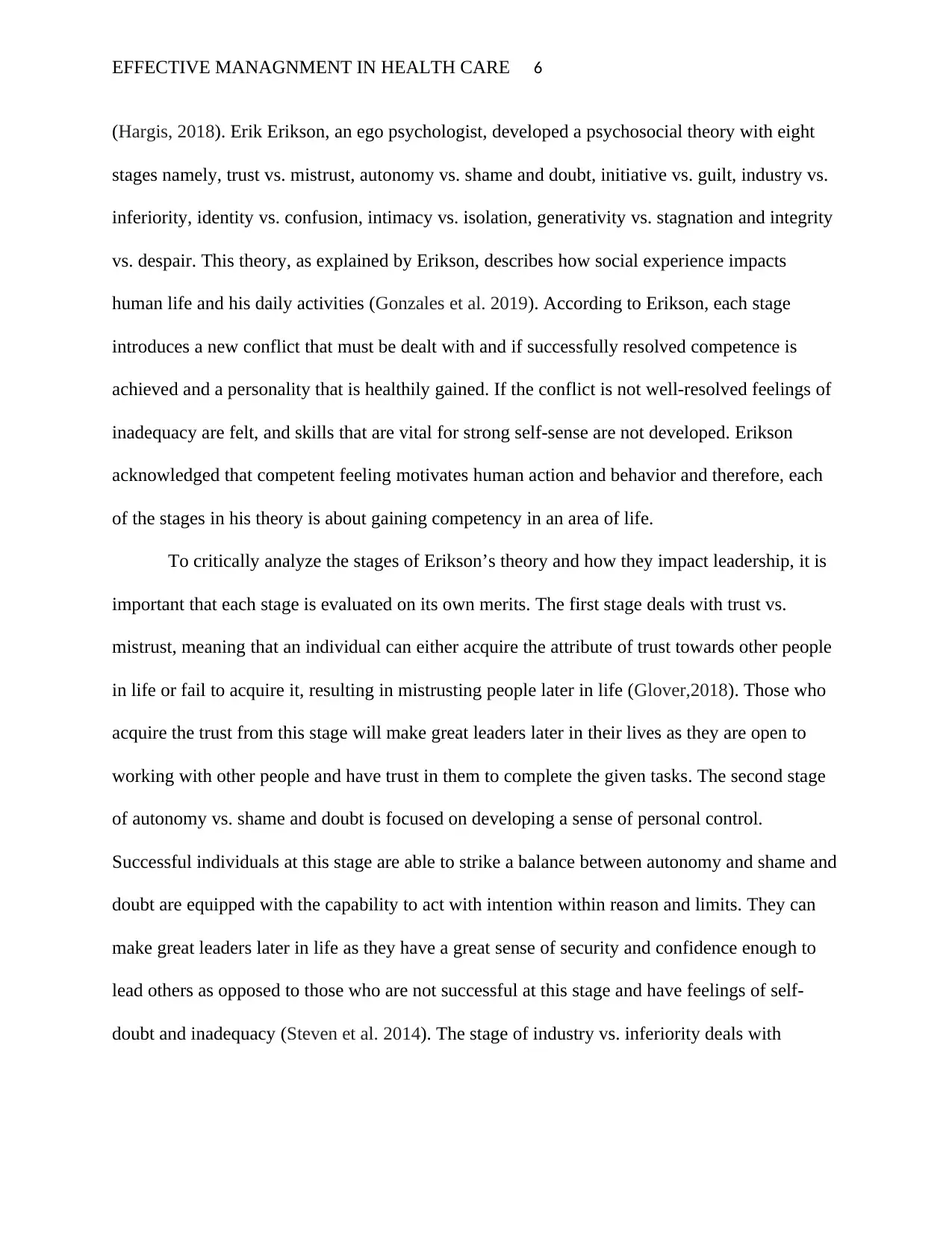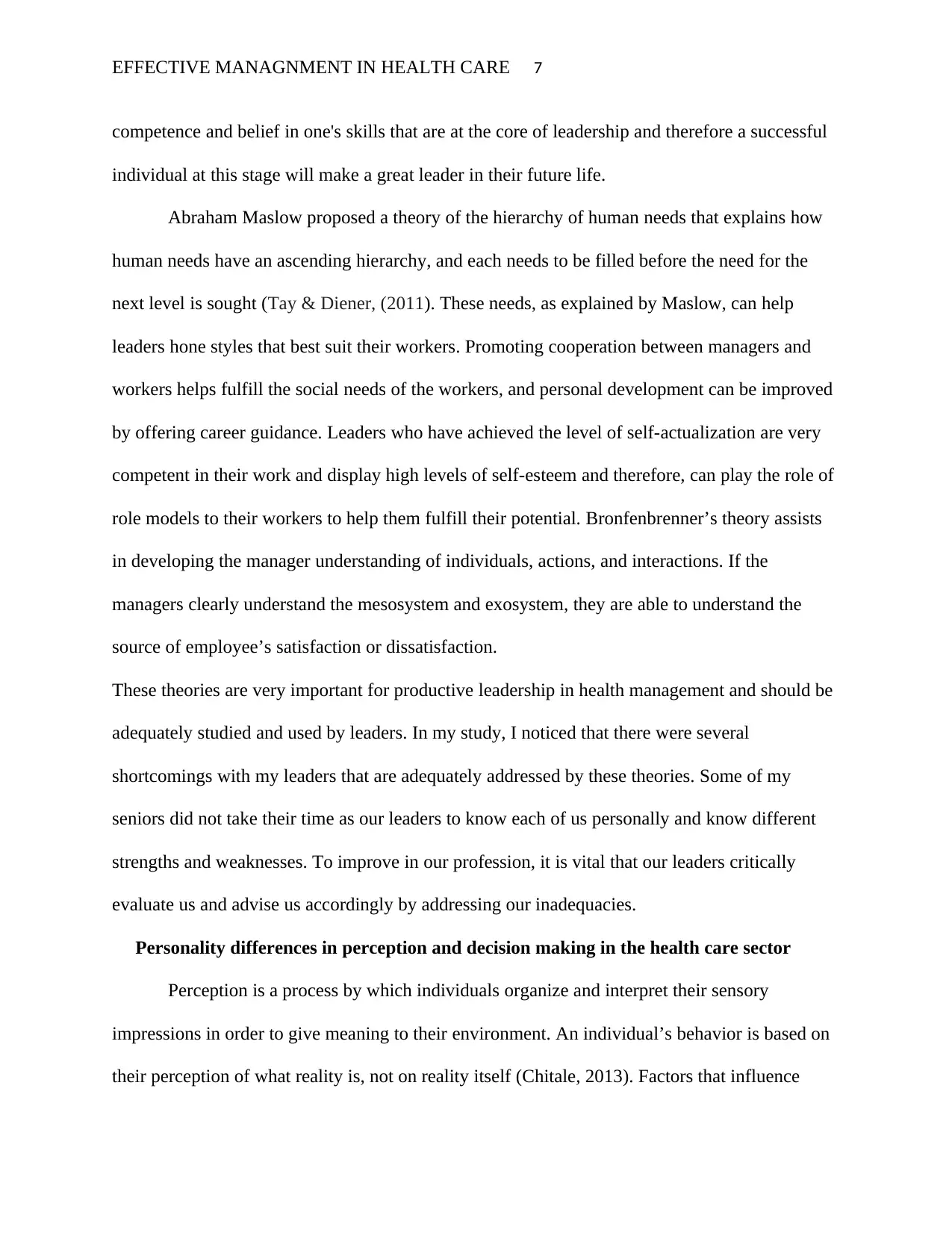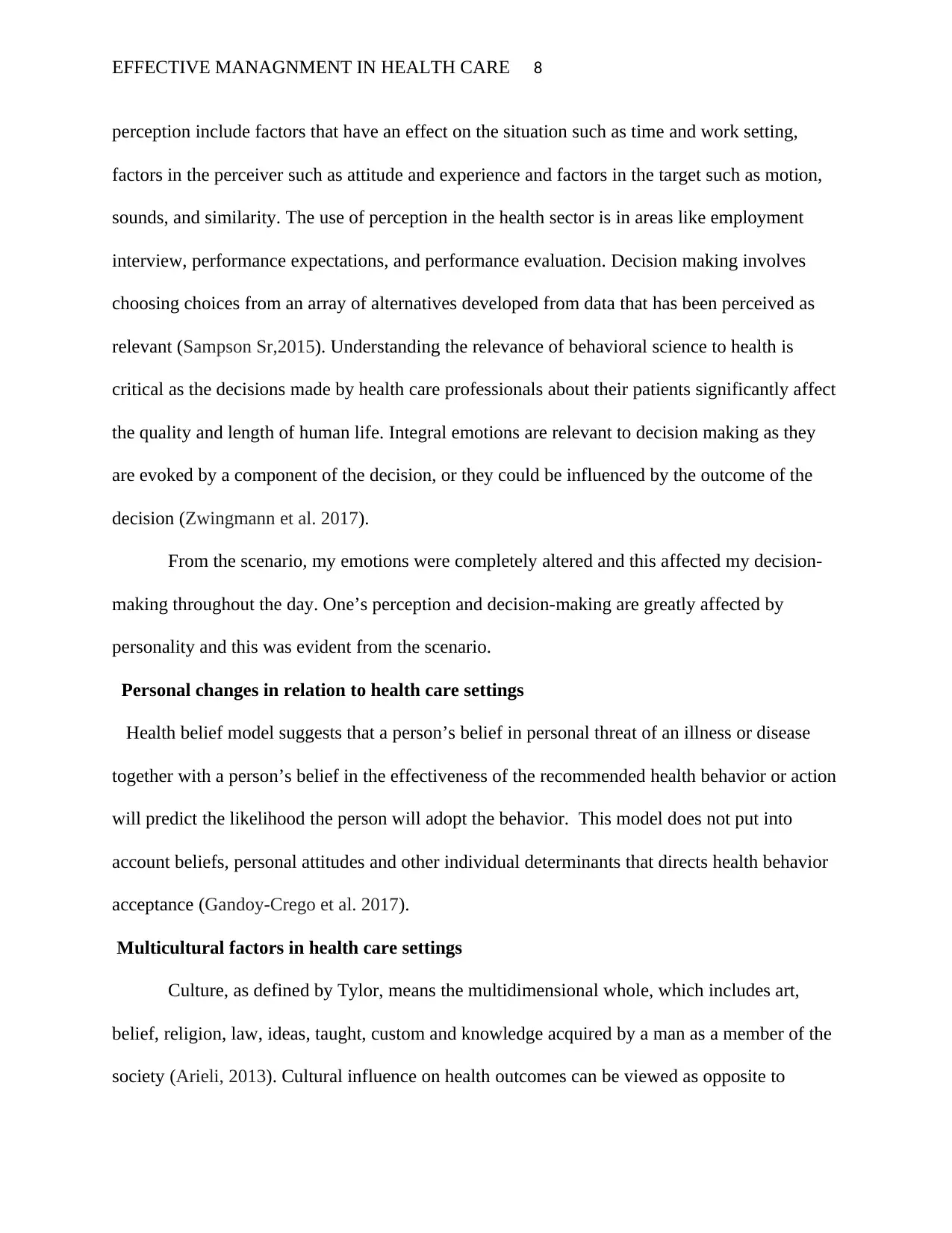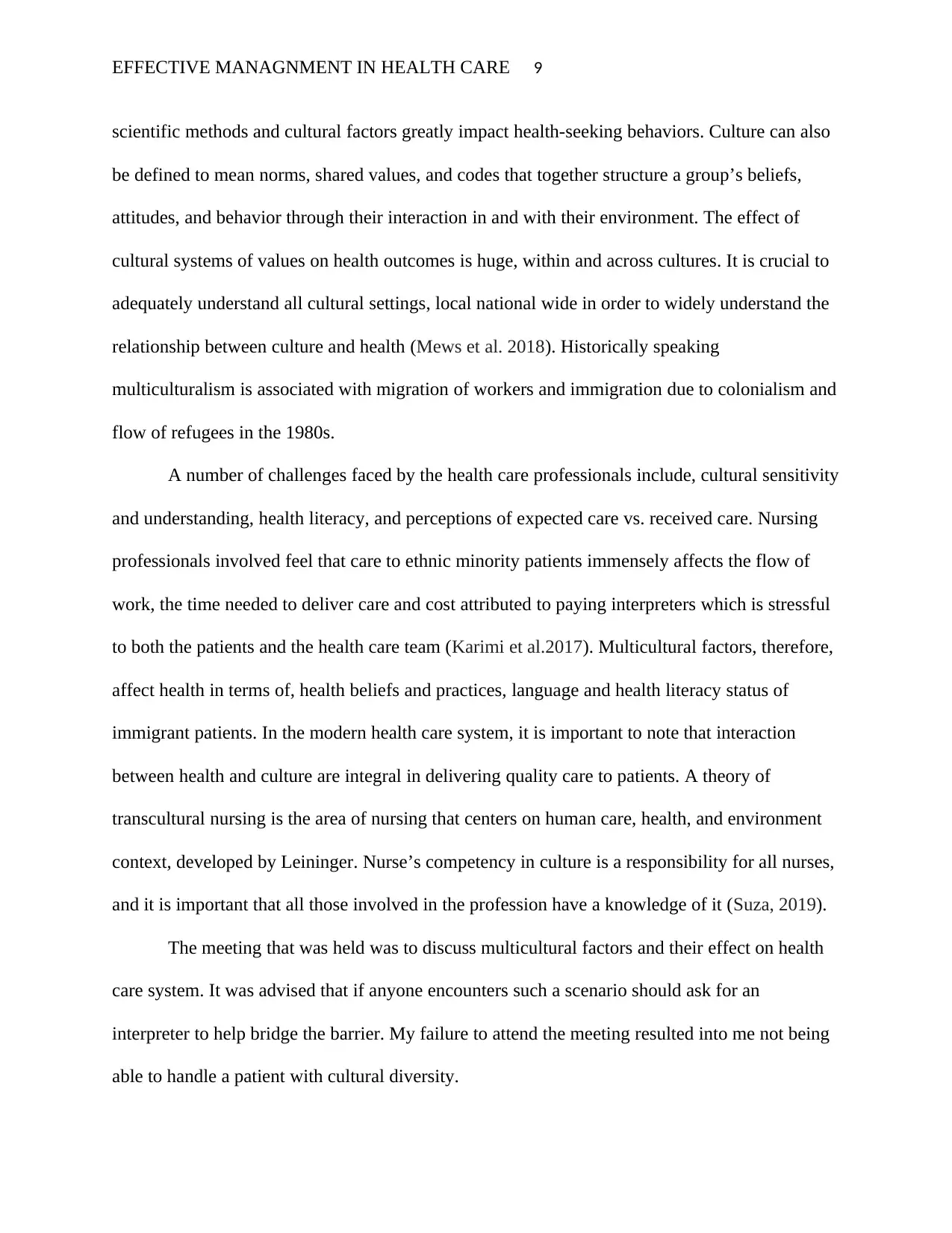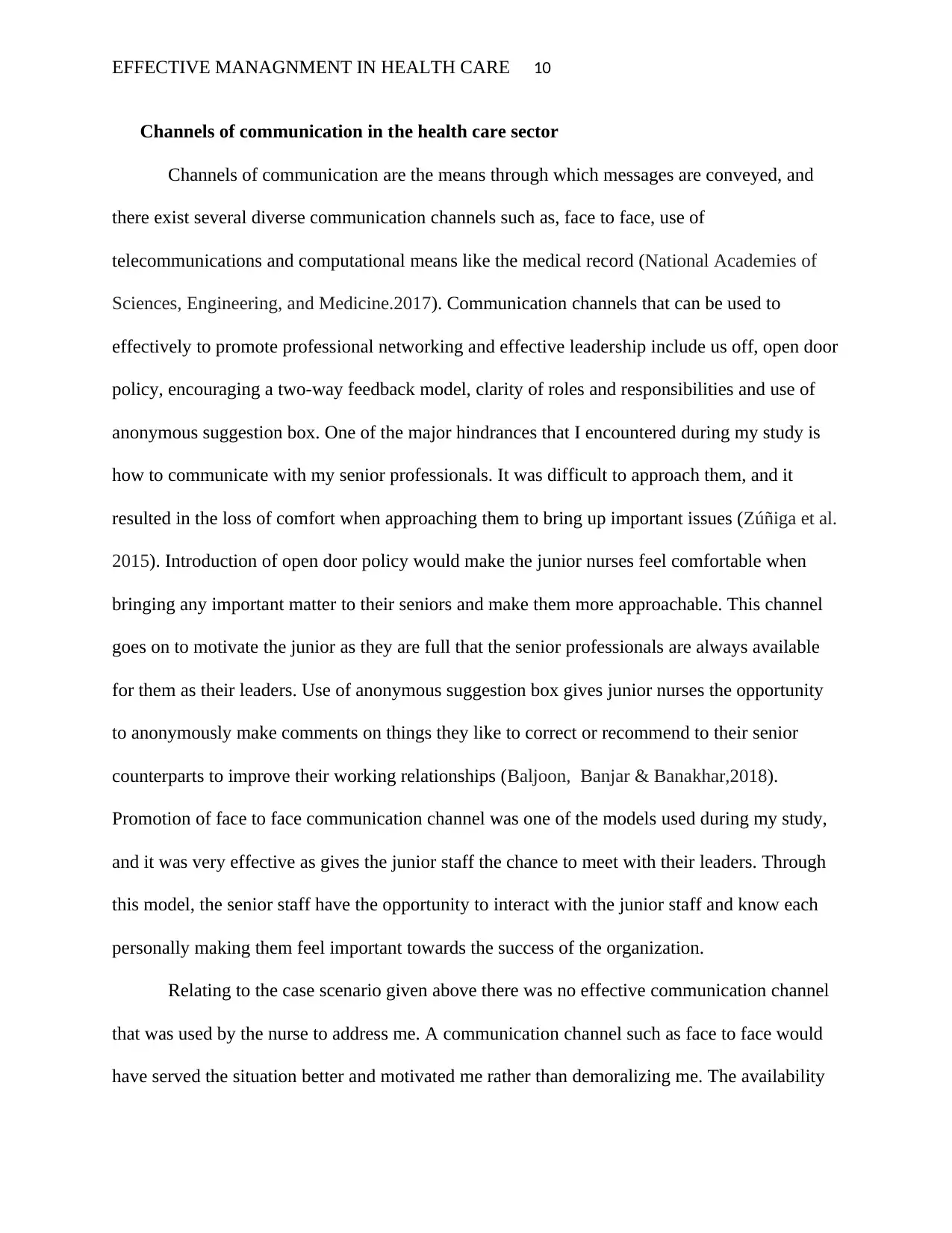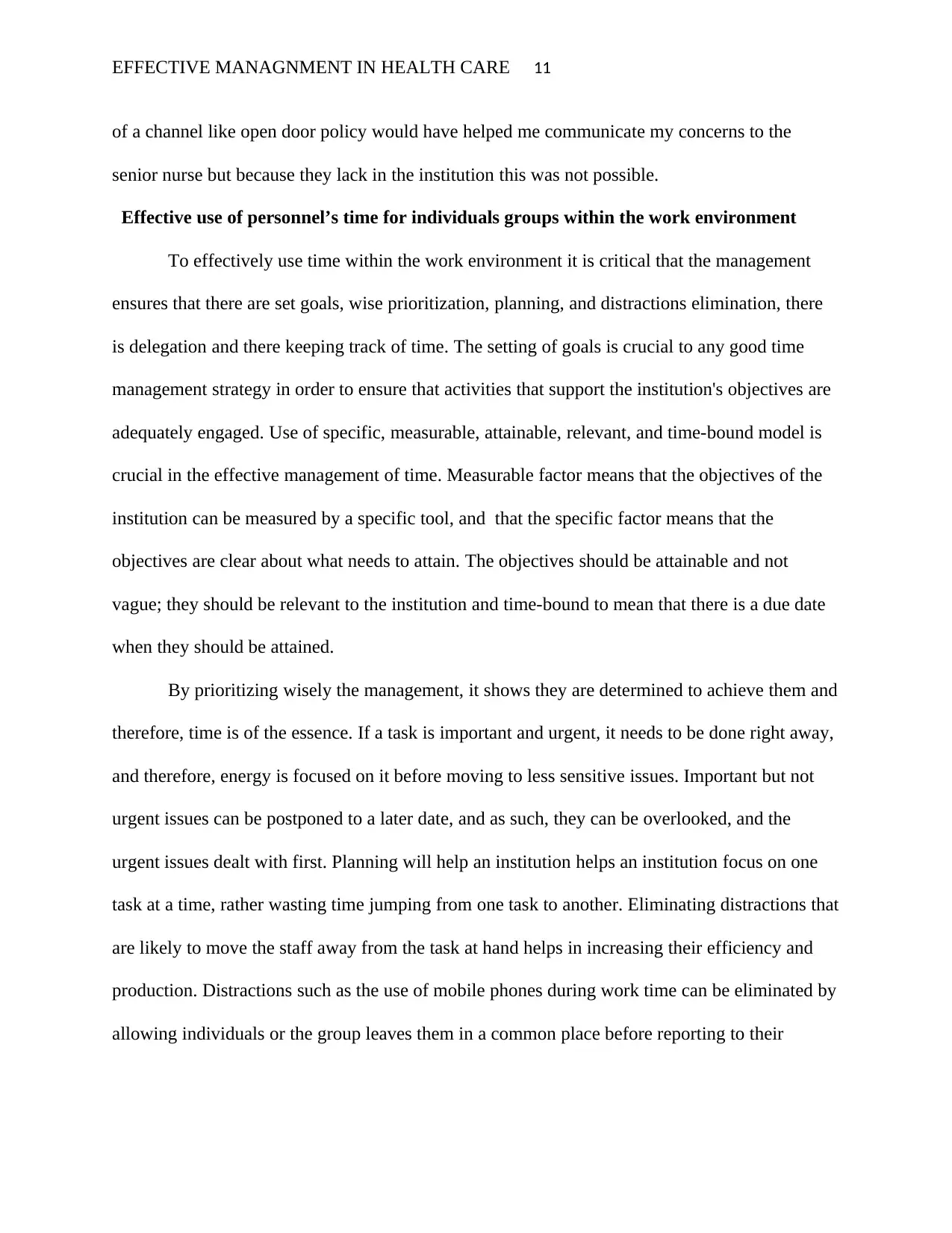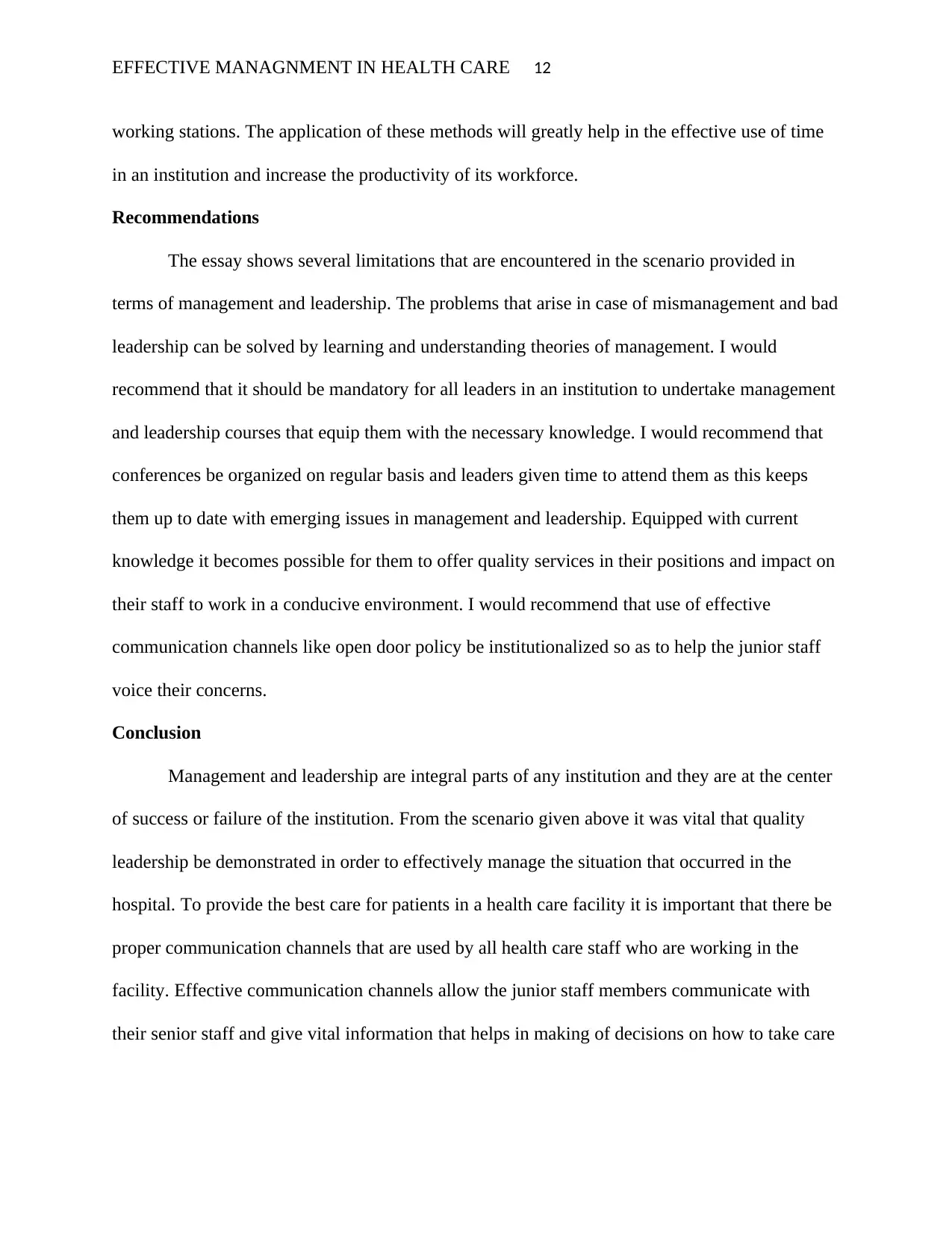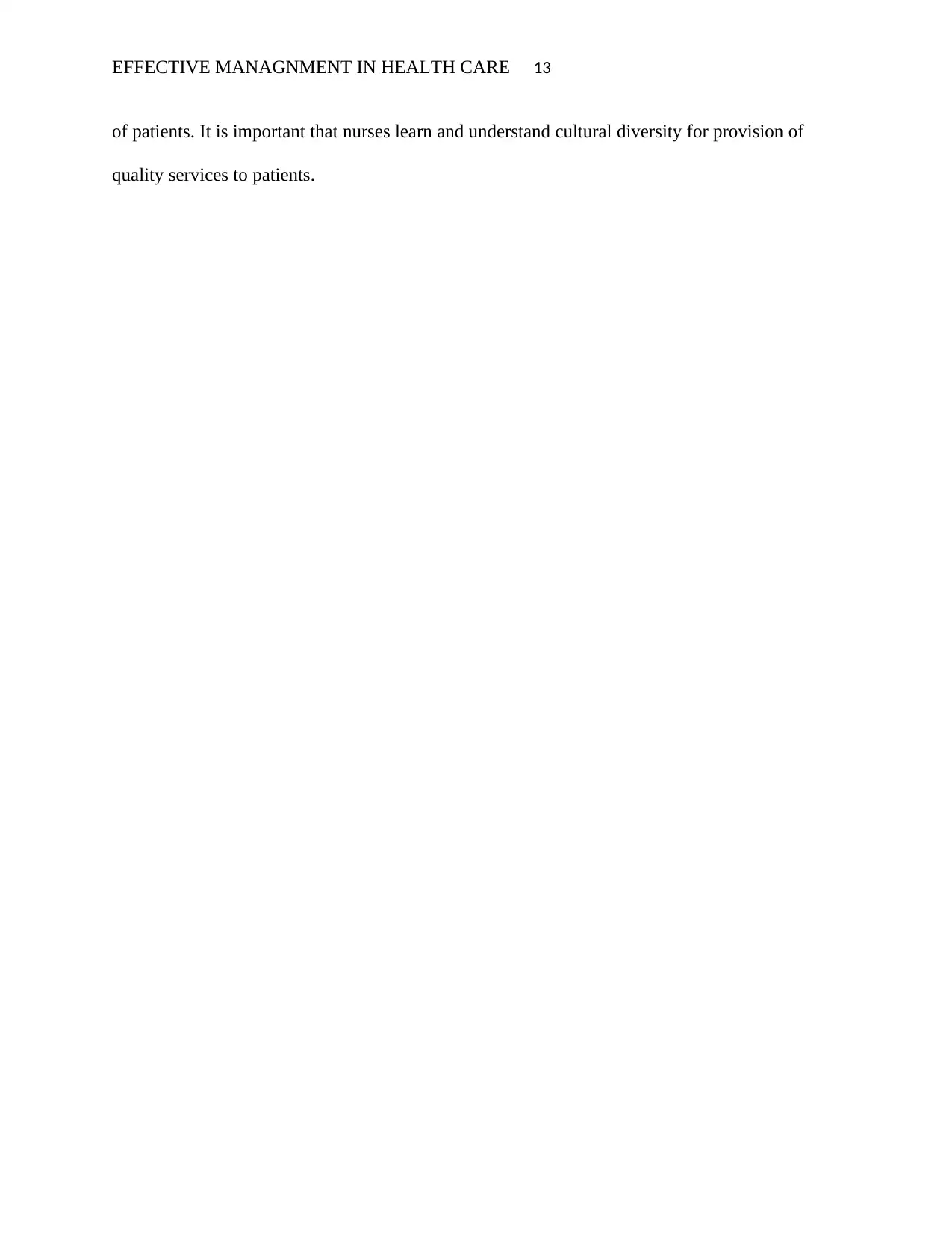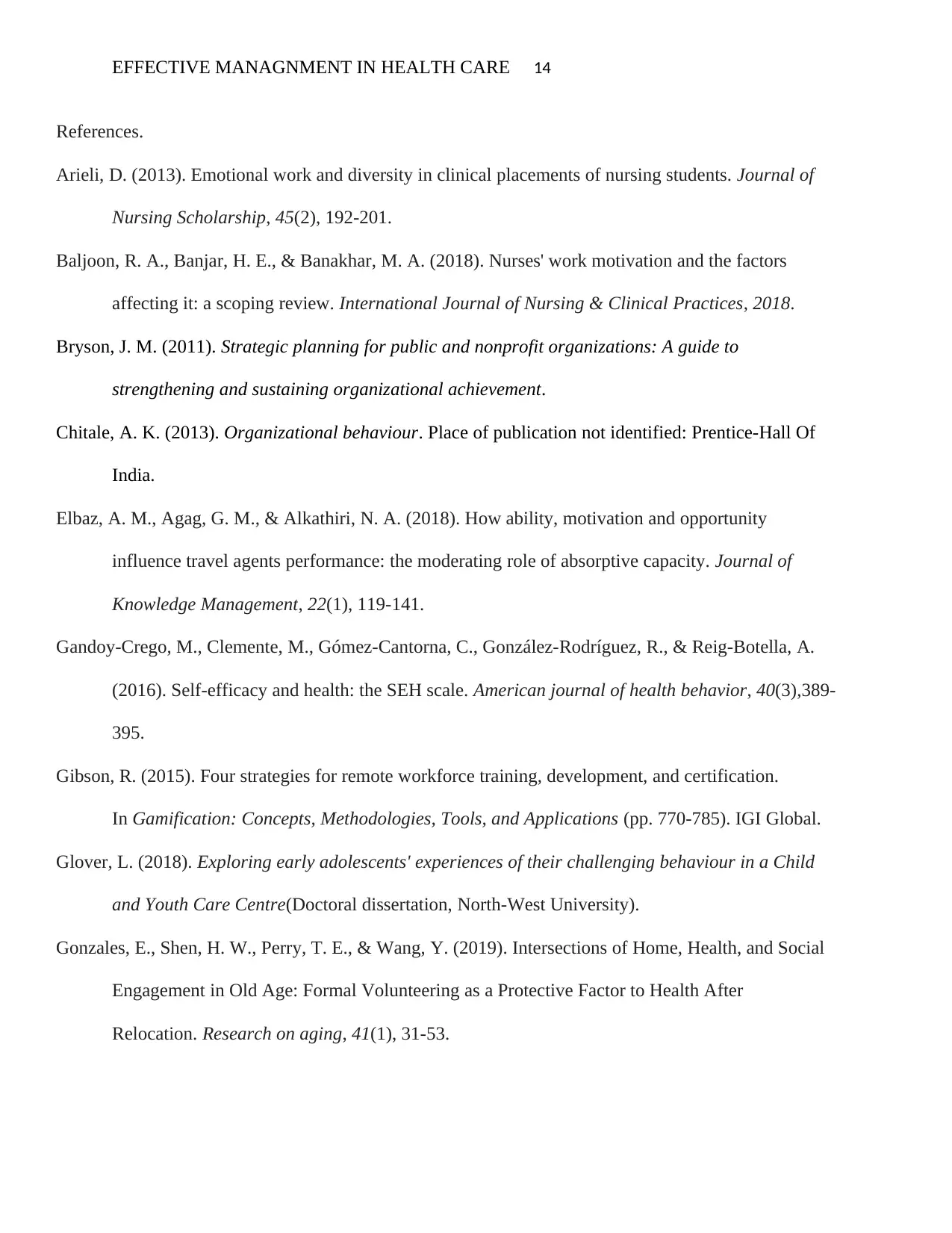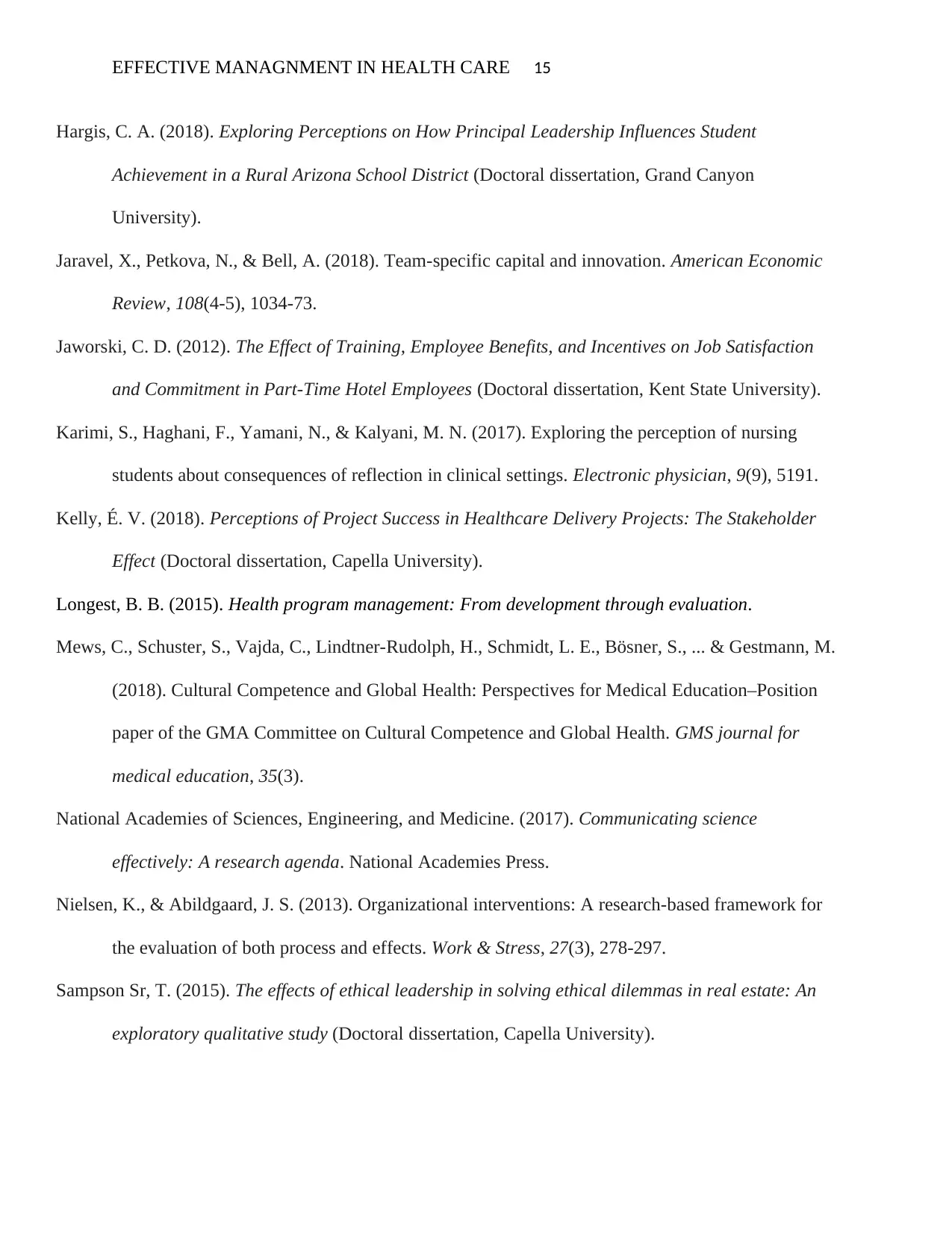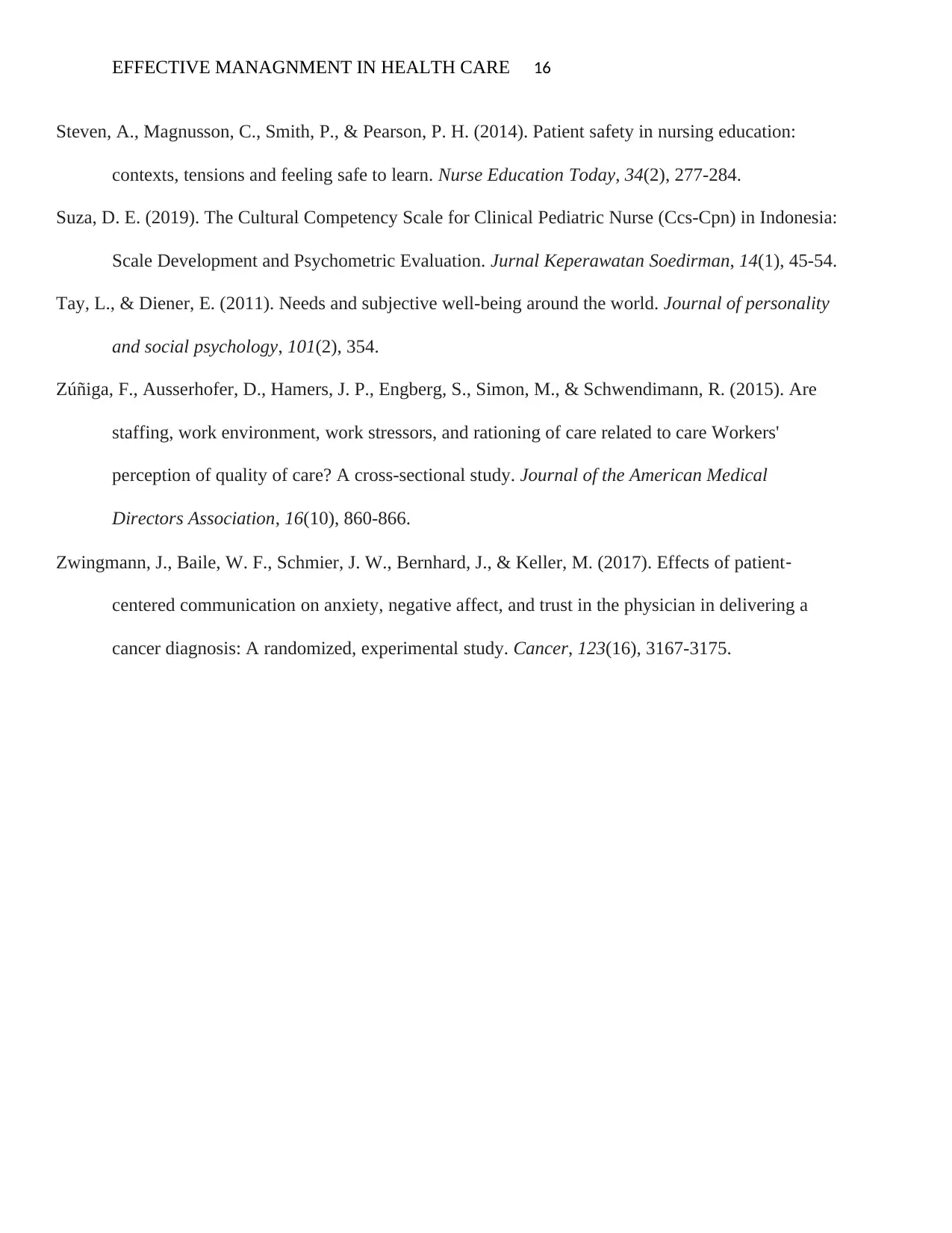This reflective essay critically and analytically looks into management in the health care system in relation to my personal experiences. Theories of management are reviewed to help in understanding how health institutions are managed from the view of my experience. Leadership is important in every institution including the health sector and therefore it is of essence to look into how different personal traits affect leaders as explained by theories of personal development. Effective communication is another integral part of health care management and this essay explains how communication is applied in a manner that helps build professional relationships and provide a working environment where the staff feels secure and free. Time management is discussed in reference to improving the productivity of the institutions and help them achieve their objectives.
![[object Object]](/_next/static/media/star-bottom.7253800d.svg)
![[object Object]](/_next/static/media/star-bottom.7253800d.svg)
